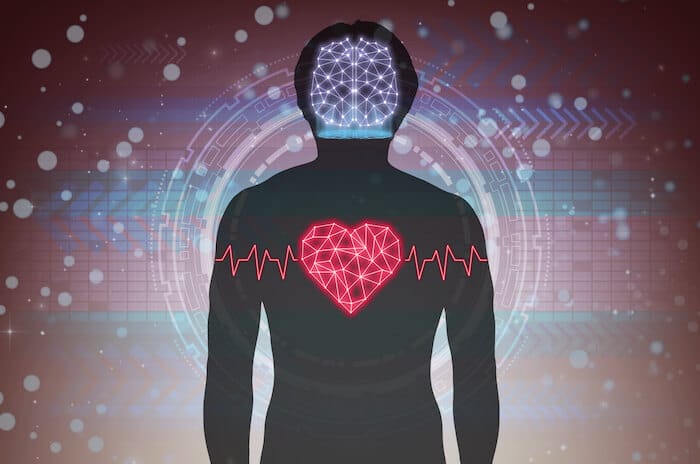
This may explain how more extreme stress coupled with underlying cardiac disease could precipitate life-threatening arrhythmias.Īcute stress produces dramatic effects in the heart, but slow-burning chronic stress due to protracted insecurity also predispose sufferers to disease and mortality. The patients’ action potential duration shortened under the stress. Taggart co-authored a study in which patients whose hearts were paced at a steady rate watch the harrowing “cut the rope” scene from Vertical Limit (2000). Mental stress changes the recovery period of heart cells after each heartbeat, called the action potential duration. The surgeon John Hunter famously pronounced, “My life is at the mercy of any scoundrel who should put me in a passion,” before collapsing and dying after a heated board room meeting.Ĭardiologists Peter Taggart and Pier Lambiase have been studying how emotions alter the conductive properties of individual heart cells. History is replete with examples of emotionally charged events followed almost immediately by the death of the person. Music and the heart have been romantically linked in popular consciousness due to their shared connections to human emotions and the brain. This is but one of multiple reasons music should be part of every heart physician’s toolkit.

In fact, the distinctive rhythms in Beethoven’s music so closely resemble those of heart rhythm disorders that cardiologists have speculated that they may be transcriptions of Beethoven’s possible arrhythmia, his interoceptive awareness of his own heartbeat enhanced by his deafness. The reason these heart-music mappings work is because abnormal heart rhythms tend to form simple inter-beat-interval ratios. Little Etudes for piano, with pedagogical descriptions by cardiologist Pier Lambiase, provided a layperson’s introduction to electrical aberrations of the heart.


Collaged from extant music fragments matching the heartbeats, Brubeck’s Blue Rondo à la Turk provided the 2:4:3 rhythmic tattoo of ventricular early beats, Piazzolla’s Le Grand Tango remixed produced the irregular rhythms of atrial fibrillation. Separately, in music based on electrocardiographic (ECG) traces of heart rhythm disorders, one of us-musician-mathematician Elaine Chew-used music notation to capture the signature rhythms of electrical anomalies of the heart. In a maverick method, nephrologist Michael Field taught medical students to decipher different heart murmurs through their stethoscopes, trills, grace notes, and decrescendos to describe the distinctive sounds of heart valves snapping closed, and blood ebbing through leaky valves in plumbing disorders of the heart.


 0 kommentar(er)
0 kommentar(er)
